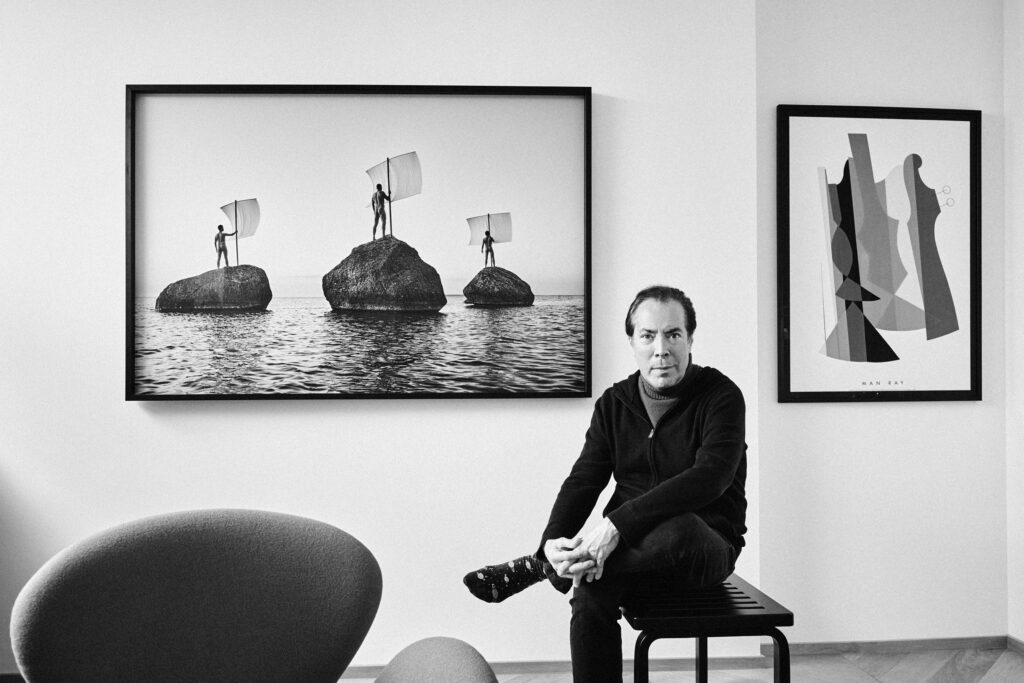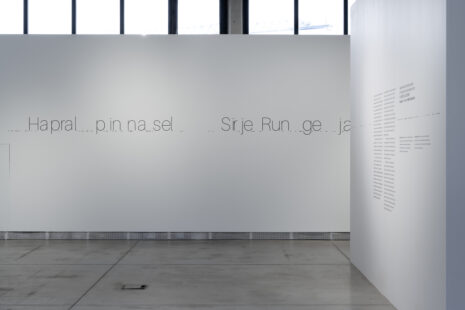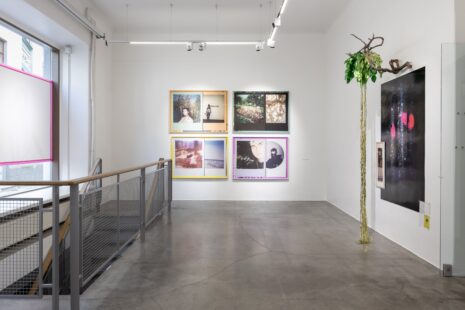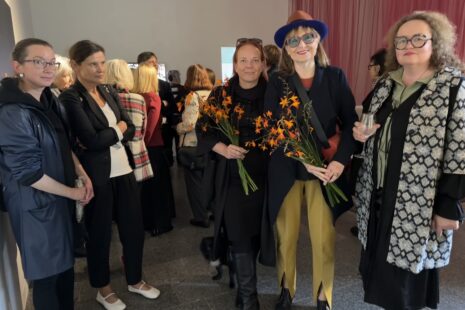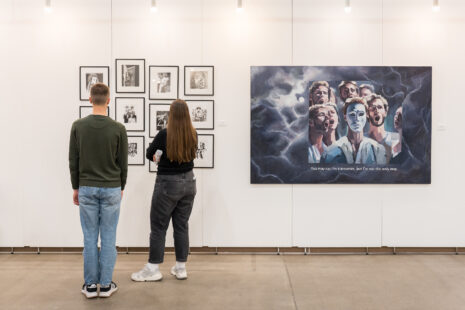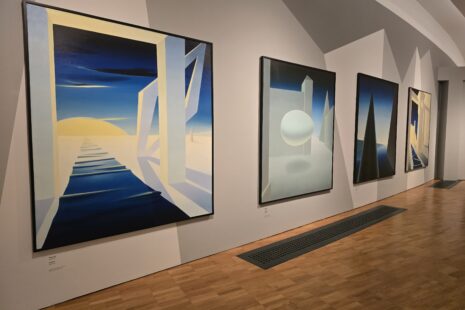You have a background in music – let’s start with that!
My whole life has been in music, in classical music. At first, I wanted to be a professional musician and studied in Philadelphia, in the United States, where I was born, but I decided that if I really wanted to achieve something, it would be better to work in the organisation of music with others rather than performing all by myself.
My first big break came when I was just 20 – I had a summer job in Helsinki, Finland as an intern helping the general director of the Helsinki Festival and the producers of the concerts. That opened my eyes – and that amazing summer, which should have been just one summer, turned out to be a never-ending summer lasting seven years! The largest Finnish music company at the time, called Fazer Music, had their main music store on Aleksanterinkatu. They also owned the largest record labels, so I came to them with the idea to spread the word about contemporary Finnish classical music. The quality of it was extremely high and yet, it was completely unknown to the world in the 1970s. That was something that I wanted to change, so I came up with the idea to create a record label and they supported me. We called it ‘Finlandia Records’ and it still exists to this day, as it was bought by Warner Music. That is how I got into the recording business. It was an incredible experience to learn everything in the business by doing it hands-on.
From there I was recruited by CBS Records, today’s Sony Music, that had its European international office in Paris. They were looking for a vice president for their European classical division. It was one of the world’s major record companies and I learned very quickly, with it literally opening up the whole world to me. After working there for four years I was head-hunted by PolyGram, today’s Universal Music, the world’s largest classical music group, to be the Vice President of the Philips Classics label in the international headquarters in the Netherlands. I held several positions in the group, first in the Netherlands, then in Paris and then in London. I stayed with PolyGram for 14 years and then continued working for myself as a consultant in the classical music business and teaching arts management at different universities and music academies. So, music has been my whole life.
And how did you end up in Estonia?
Already from 1997 I started to teach others in the fields of music, arts and culture management. This is what I really enjoy and that brought me to Estonia back in 2007. I was invited as a guest lecturer by the Estonian Academy of Music where I gave a series of lectures every year between 2007 and 2014. I loved it here right away, though I had been here as a tourist before when I lived in Finland.
I have a great love of the North. I love Paris and France is an absolutely amazing country, but it lacks something. It lacks this Nordic peace, tranquility and a sense of proximity to wild nature. I feel very comfortable in the North. Some of my friends think that I am crazy because it’s very dark and very cold up here, but I love it and I have decided to retire here.
I am also a very visual person, I love architecture and I have travelled to a lot of different places just to see it, particularly contemporary architecture. I am very interested in furniture design, especially from the 1930s and 1940s, from Denmark and Finland. I am also a big collector of contemporary glass.
And as I can see, you are also a big fan of art and photography?
When I came to teach here in Estonia for the first time, I saw a photo somewhere and I was with a local person and asked – wow, who did this? It turned out to be the Estonian photographer Kaupo Kikkas. So, I wanted to know more about what he does. I felt an immediate connection to his work, it touched me immediately. And this is how art should work, you just can’t explain it. I got introduced to Kaupo and this was the beginning of our long friendship and now I am surrounded by his photography.
Particularly these ‘Treescapes’, they breath and convey Estonia. This wood – here on the frames – is from a 200 year-old farm house in southern Estonia, near Võru. To me, to live in a country is not just to physically be there, but to surround yourself with things that reflect what is inside of yourself. The art and design that you surround yourself with is the projection of who you are. Kaupo, for me, is one of the best-kept secrets in Estonia. He is known internationally. His works resonate with me. You can’t explain it, you just feel it. It’s more than just saying that something is beautiful, it goes much deeper.
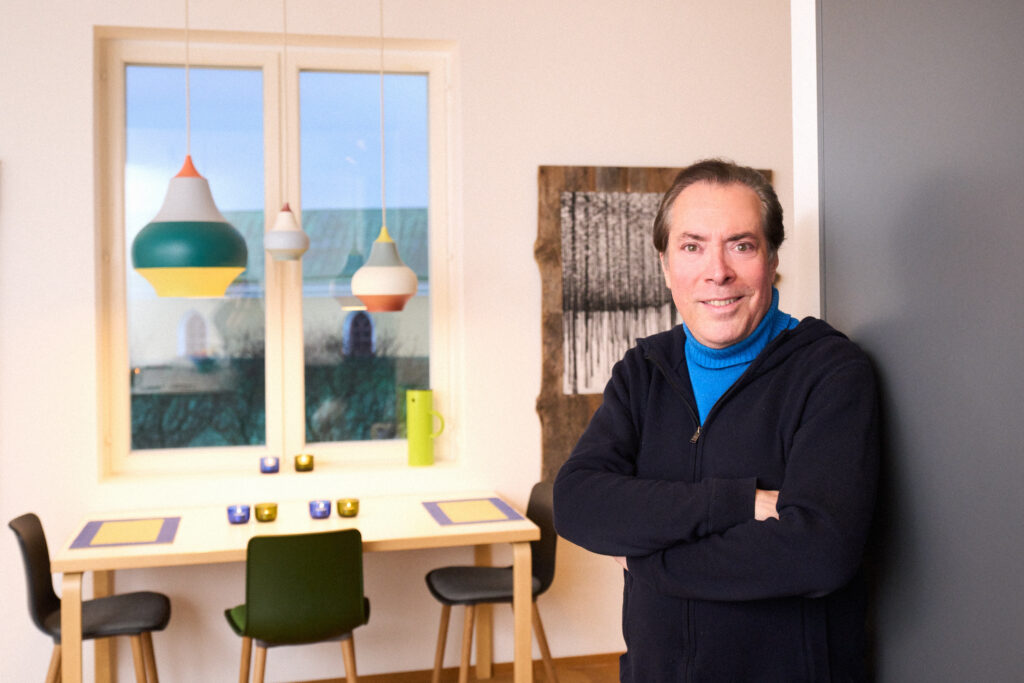
Art doesn’t have to be beautiful, it should communicate something, but how it communicates, is different for everybody. I am not judgemental when something doesn’t communicate to me, but it does for somebody else. Art communicates in a very personal, magical and mystical way. And music is no different, though, music is more abstract – you can’t touch it, you can’t smell it. It goes in the air and then it disappears. All art forms awaken something that is silent within us, it awakens emotions and feelings. It awakens and reinforces who we are as individuals.
If I would ask you to choose a particular piece of classical music or composer that would resonate with this ‘Treescape’ by Kaupo, what or who would it be?
It’s interesting that you ask that, because this photo here – the title of it is “The Well-Tempered Clavier” – it is based on Bach. This is very much related to the music and I feel it. I did not know that Kaupo gave that name to it, I just looked at it and felt – oh, I love this one! And you did not know it either, but you felt it too, so there must be something. And this is what makes art so wonderful and mysterious, and that’s what makes life so interesting and, by the way, Bach happens to be my favourite composer!
And tell me about the other one here – the Odyssey.
This one is made on the west coast of Estonia. One night, Kaupo had a dream of three men standing on three rocks, sailing in the Baltic Sea and he wanted to re-create that dream in a photo. The rocks are close together with two of them being lower and the other one being higher, so it was hard for Kaupo to find the exact combination of them just like that, but he found them in Western Estonia, just as he saw them in his dream. And then he had to find the models – his brother and two friends. So, for me, this photo is just brilliant and for me it embodies Estonia.
It is interesting that it is placed next to a lithography by Man Ray…
This is also based on music, there’s a violin as you can see, these are all string instruments, an orchestra. To me it’s about harmony. And together with Kaupo’s ‘Odyssey’ they make a perfect match. They fit together, though they are from totally different periods, one is a black and white photograph and the other is a colour lithography. They both have a tranquility and a balance in them.

Tell me about other design objects that you have here.
These lamps are made by the Danish designer Poul Henningsen, and they are very old. They were my first lamps I had in my apartment in Paris 40 years ago. Meanwhile, I changed the interior design and put them away into boxes where they stayed for 35 years. And when I decided to come here, I went down to the cellar and took them out. So, I knew them from 1983 when I got them, but they still look like new. They are timeless and that is what I am looking for in art, in music or design – does it survive the test of time? That is my sole criteria. I am very interested in time, time is the key to everything and this is like an obsession for me. Same with friendships and marriage – only time can prove if they are valid, real and lasting.
For example – these chairs are from the 1950s, and those stools were designed 90 years ago. Time cannot touch them. And when I am looking at Kaupo’s photos, I always look at them from the perspective of time – in 50 years, will they still be valued? In my opinion, they will be. I am not interested in ephemeral things that are here today and gone tomorrow. The system that we live in, of course, wants it the other way around!
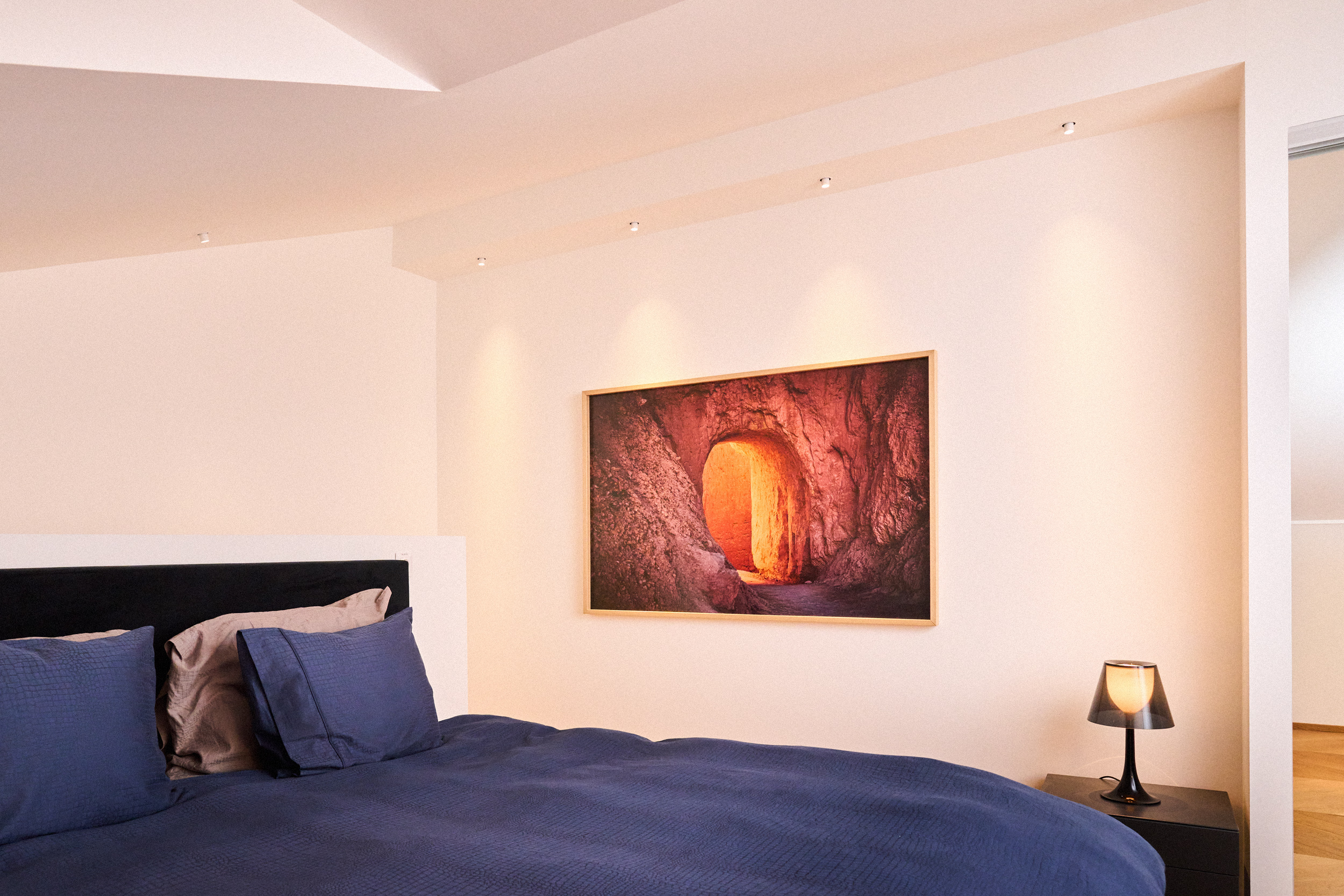
Have you managed to visit any exhibitions in Estonia? Do you have any other favourite artists besides Kaupo?
Yes, sure, I go to Kumu art museum and art galleries on a regular basis; local friends introduce me to artists and photographers. Tiit Pääsuke is my neighbour, he has a studio here in Kunstihoone and we speak when we meet in the elevator. I am very interested in his works, I do not own any of them, but I like what he does, as it speaks to me. The aura of Kunstihoone suits me very well and it was actually Kaupo who checked out the apartment here for me. I am very happy here, this is what I want in my life right now – to be in the center of the city, but still close enough to the beautiful and pure Estonian nature.

